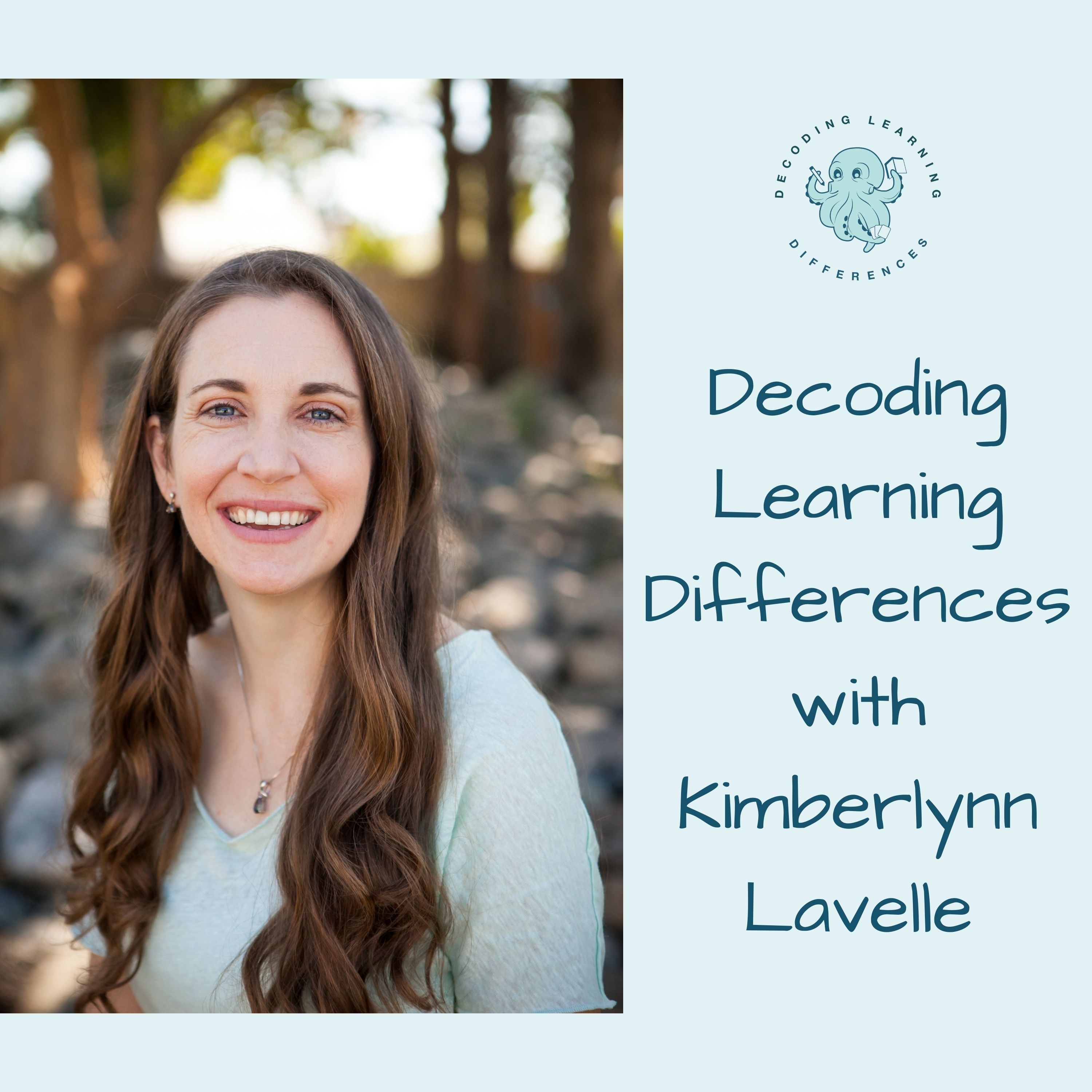

I teach parents how to educate their own children (especially those with struggling learners) so that they can successfully and peacefully homeschool or provide supplemental education at home. This podcast will discuss: - various learning disabilities and challenges, including: ADHD, dyslexia, autism, processing disorders, and so much more! - how all people learn - different learning styles - strategies for supporting specific learning challenges - how to apply these learning strategies at home - stories from homeschooling parents -interviews from other experts
Episodes

Monday Oct 24, 2022
Getting Your Kid Help in Public School
Monday Oct 24, 2022
Monday Oct 24, 2022
See video at: https://www.yourparenthelp.com/podcast_0241
In a recent episode, Diagnosing Dyslexia, we discussed whose role it is to diagnose dyslexia and whose role it is to educate those with dyslexia.
This week, we’re talking about how to get the process of getting your kid help in public school started!
Request an evaluation
Write out a request for an evaluation. I recommend emailing your request to as many relevant people as you can, as well as walking the letter into the office and asking the office staff to date stamp it and give you a copy back.
What to include in your request
Start your request with something along the lines of: “I request my child be evaluated to determine eligibility for an IEP (and/or 504 plan).” (see below for more on 504 v IEP)
Now list out your areas of concern. The best phrase to use here is “areas of suspected disability include:” and then list out all of your suspicions. The most common qualifying disabilities are: Other Health Impairment (ADHD falls under this); Specific Learning Disability (dyslexia, dysgraphia, and dyscalculia fall under this); and Speech or Language Impairment. If you suspect a specific learning disability, I would suggest including a request that your child be assessed “in all areas of processing”, or include specific concerns (ex: “Sara has difficulty following directions, copying from the board, and keeping track of where she is in a book. She also often seems distracted.”) Listing out those concerns, even without the name of the area of suspected disability gives the description of an area of suspected disability that the school needs to consider in their assessment plan.
You may also want to include any family history of learning difficulties, any official medical diagnoses your child has, and specific examples of how these areas of concern show up (ex: “just yesterday we were reading together and….”
Individualized Education Program (IEP) versus Section 504 Plan
If you want your child to get services, ask for an IEP. In some areas, a Section 504 Plan (or 504) will include services, but this is not the case in many places. IEPs also have goals that are being worked on through the services and tracked to determine if the services or accommodations should be adjusted.
I would recommend requesting an IEP unless you know that your child is performing at grade level, is able to learn in the general education environment without any direct services, and just needs a few accommodations (such as shortened assignments or extended time on assignments) for them to be fully successful.
Timelines
Timelines vary by state, so check your state’s laws on timelines for IEPs. 504s do not have specific timelines (another big reason I recommend asking for an IEP).
In California (and most states, from what I’ve gathered), states must respond to a written request for an IEP within 15 days. This is 15 calendar days, not business days. The timelines only stop for school breaks of more than 5 days.
A school can respond to a request for an evaluation by providing an assessment plan or by providing a “Prior Written Notice” informing you of why they are denying your request. In most cases, the school will provide the assessment plan, especially if your letter lays out areas of suspected disability. Some schools may ask you to meet, try interventions first, and rescind your request in the meantime.
Once you sign and return the assessment plan, the school has 60 days to assess your child to determine eligibility for an IEP. Within 60 days, the assessment must be complete, and you should have met to determine if your child qualifies for an IEP. If your child qualifies for an IEP, the school has 30 days to meet to generate an IEP. In many school districts, the two meetings are combined and a child is on an IEP within the 60 days.
You can request an advance copy of the assessment reports so that you have time to go over it. However, I recommend only doing this if you have knowledge of these reports or if you have someone to go over them with you, as the school’s explanation is often an important part of understanding the report. (Reach out to me Kimberlynn@DecodingLearningDifferences.com if you want help understanding your child’s assessment reports)
Takeaway
You know your child best. If you believe your child needs additional help or support in some way, ask for it. See Difficult Parents, My Take
Once your child qualifies for an IEP, the next step is to be involved in creating an IEP that adequately provides for the needs of your child. Again, reach out (Kimberlynn@DecodingLearningDifferences.com) for help!
No comments yet. Be the first to say something!